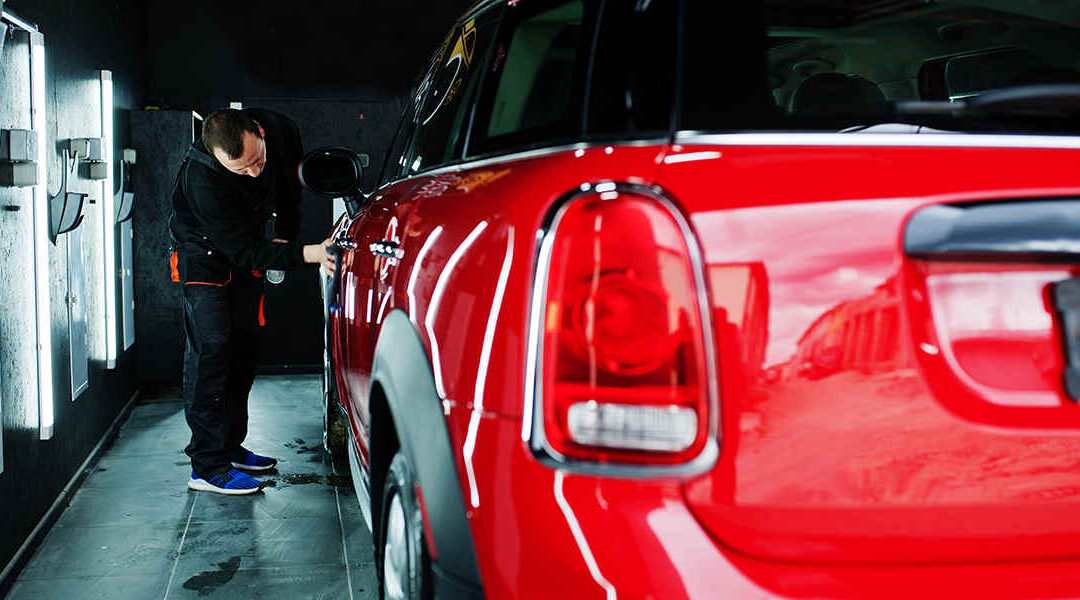The Tucson climate can be brutal on vehicles. The relentless sunshine and heat can send the temperature inside your car climbing into the triple digits, but the exterior also takes a beating. This leads to the big question: How much heat can car paint handle before it starts to fade, crack, or peel?
Customers often bring their vehicles to Cutting Edge Collision Center with concerns about exterior paint and how well it holds up in our hot, dry weather. There are ways to increase protection and avoid fading and other issues, but they start with knowing how heat affects the paint.
The Science Behind Heat and Car Paint (and Why Paint Might Fail)
Automotive paint isn’t just color sprayed onto metal; it’s a layered system designed for durability and body protection.
After surface preparation, the manufacturer applies primer, paint, and a clear coat. These layers work together to protect your vehicle, giving it a shiny, fresh-off-the-lot look.
But those layers have limits. Paint adhesion and durability depend heavily on the curing process during application. If it was cured under controlled conditions, it’ll have stronger heat resistance compared to a rushed or poorly done job.
What’s the Threshold?
So, how much heat can car paint handle? Generally speaking, modern automotive paint can handle surface temperatures up to around 300 degrees before it starts to break down. Luckily, your car isn’t baking at 300 degrees every day, but between Tucson’s scorching air temperatures, which frequently exceed 110 degrees, and sunlight bouncing off metal, the surface can easily reach 180 to 200 degrees.
That’s still within the “safe zone,” but prolonged exposure chips away at your paint’s strength. You might not notice it in a week, but after months and years of temperature fluctuations, the signs start to show: dulling, fading, and tiny cracks in the clear coat.
Without protection, the sun and heat start to age paint fast. The clear coat acts like sunscreen, but once it weakens, UV rays dig into the color layer beneath. Without good paint adhesion and strong layers from the start, you’ll notice peeling, bubbling, or discoloration sooner than you’d like.
Protecting Your Car’s Paint Longevity
Car paint lasts the longest when it’s stored in optimal temperatures, which are somewhere between 60 and 80 degrees. Of course, that’s not exactly easy to do in Tucson.
While you can’t control the sun, you can definitely slow down the damage. Parking in the shade, using a quality wax, or applying protective ceramic coatings that add an extra layer of heat resistance can keep your paint looking sharp even in the extreme heat.
Call the Professionals Before It’s Too Late
So, how much heat can car paint handle? Knowing this answer helps you take better care of your vehicle. If you’re already noticing car paint oxidation, fading, or peeling, Cutting Edge Collision Center in Phoenix is here to help.
Call us today at 520-624-2787 to schedule a consultation and learn how to protect your car’s finish before the sun does more damage

